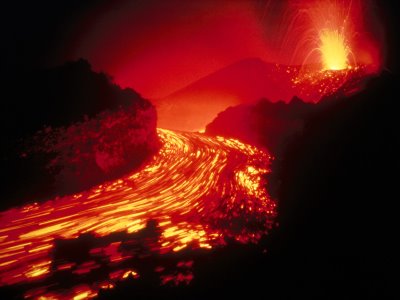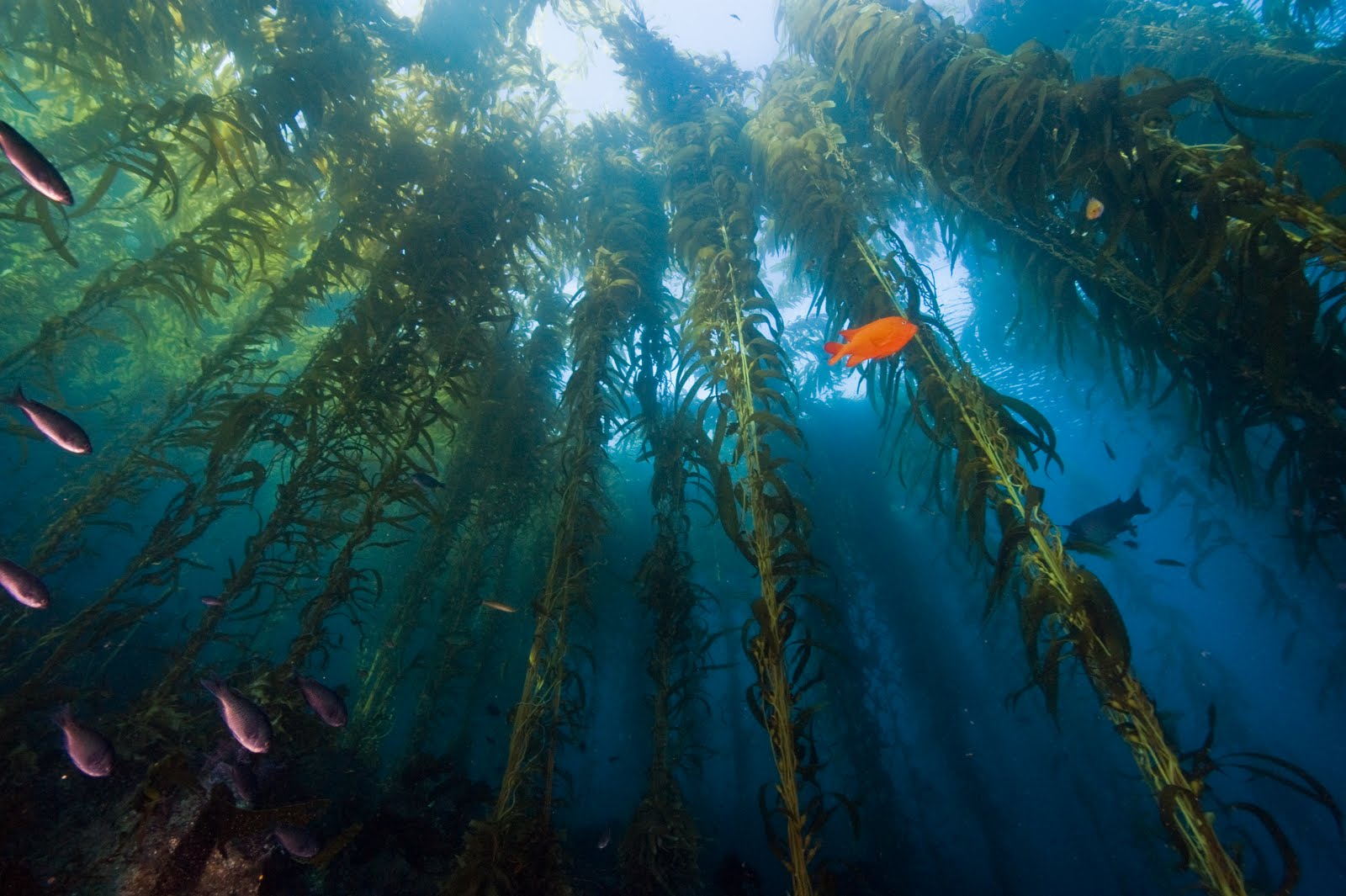"Oh, help me, help me, i'm stuck at the top of this horrible tower!"
Sorry Rapunzel, it's eight feet tall.Welcome back to the SCIENTIFIC WAFFLE!
Like the rainbow?
And the text going downwards on the left side of the screen?
Well, laziness is kind of taking over today so...
We stay like this.
| |
\__/\__/
This is Bob
Bob says "Hi,"
This is Bob when a car goes by
_____
/ o . o.\
| . O |
\__._._/
Oh Bob
Oh poor bob...
NOW LETS GET TO:
THE SCIENCE
BUMMMM BUM
BA DA DA
DAAA DUM
BA DA DA
DA DUMM
BA DA DA DUMMMMMMM
okay, so now that we're done with cheesy written star wars music, we can start
So basically, in Iceland, the place that is actually green while Greenland is actually icy (lol) there are these cool stone pillars (naturally formed, of course) and they are about eight feet (2.5 meters for all you brits and scots out there) and researchers have found out what made them.
 See, in 7138 (lolwut, I meant 1783) there was this long gorge thing in Iceland, and it spewed lava EVERYWHERE. The lava blobs (called lobes) crept across the ground and found a spot to cool. The blobs merged together into a small ring of cooled lava, the base of the tower. Then, heated water shot up from the middle of the ring, while lava poured onto it. The lava formed a tower around the geyser, creating the hollow lava towers of Iceland.
See, in 7138 (lolwut, I meant 1783) there was this long gorge thing in Iceland, and it spewed lava EVERYWHERE. The lava blobs (called lobes) crept across the ground and found a spot to cool. The blobs merged together into a small ring of cooled lava, the base of the tower. Then, heated water shot up from the middle of the ring, while lava poured onto it. The lava formed a tower around the geyser, creating the hollow lava towers of Iceland.Well, unfortunately, that's all I have for today, so...
SCIENTIFIC WAFFLE OUT
Links:
Science News for Students
Lava Pic
The Pic of the Pillars is on the Website








